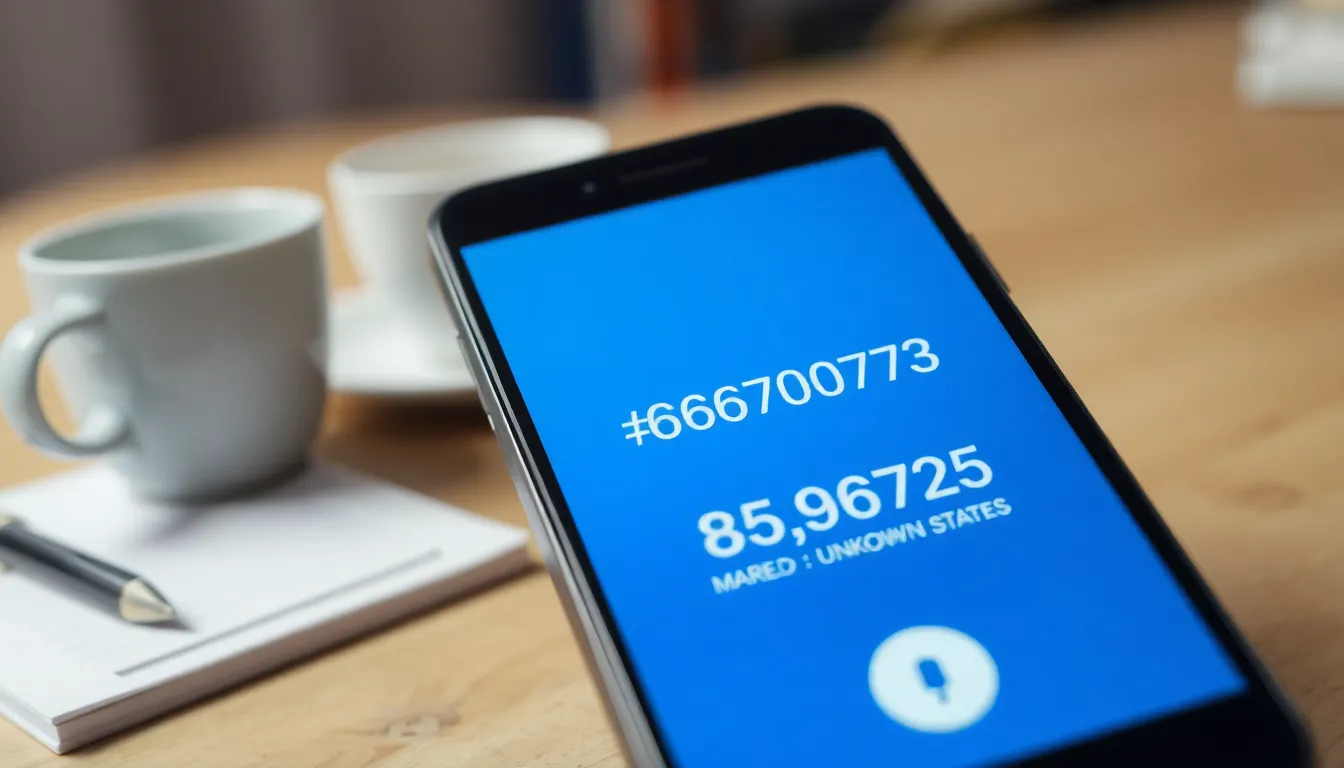Navigating the tech world can feel like trying to find Wi-Fi in a coffee shop—frustrating and confusing. When it comes to connecting your iPhone 13 to the 2.4 GHz band, it’s not rocket science, but it might seem like it. This handy guide will help anyone transform their Wi-Fi woes into a seamless connection, all while keeping their sanity intact.
Table of Contents
ToggleUnderstanding Wi-Fi Frequencies
Understanding Wi-Fi frequencies helps users make informed choices about their connections. Wi-Fi operates mainly in two frequency bands: 2.4 GHz and 5 GHz, each with unique characteristics.
What is 2.4 GHz Wi-Fi?
2.4 GHz Wi-Fi refers to the frequency band widely used for wireless internet connections. This band typically offers a broader coverage area compared to its 5 GHz counterpart. It operates on fewer channels, which can lead to congestion in densely populated areas. Many devices, including older smartphones and smart home gadgets, primarily connect to the 2.4 GHz band, making it essential for compatibility.
Advantages of 2.4 GHz Over 5 GHz
2.4 GHz provides advantages that cater to specific user needs. Its extended range allows for connection across larger distances, making it ideal for multi-story homes and outdoor spaces. Additionally, this frequency penetrates walls and obstacles more effectively than 5 GHz, providing a stable connection in challenging environments. Moreover, 2.4 GHz supports a larger number of devices, beneficial for households with multiple smart devices connected simultaneously.
How to Change Wi-Fi to 2.4 GHz on iPhone 13
Connecting an iPhone 13 to the 2.4 GHz Wi-Fi band can enhance your internet experience. Follow these concise steps.
Step-by-Step Guide
- Go to Settings.
- Select Wi-Fi.
- Locate your network.
- Tap on the network name.
- Choose options if prompted and confirm the selection for 2.4 GHz.
- Reconnect if necessary.
- Ensure the connection shows as active.
Each of these steps contributes to a stable internet connection on the 2.4 GHz band. This frequency often provides better coverage in larger spaces and supports multiple devices effectively.
Common Issues and Troubleshooting
Weak signals may occur after switching. Users often face difficulties if they attempt to connect to a 5 GHz network instead. To troubleshoot, check distance from the router, and consider moving closer.
Restarting the iPhone can sometimes resolve connection issues. If problems persist, resetting network settings offers a viable solution. Go to Settings, tap General, then select Reset, and finally choose Reset Network Settings. This action clears Wi-Fi networks and passwords, allowing fresh configurations.
Alternative Methods to Access 2.4 GHz
Users can explore several alternative methods to connect their iPhone 13 to a 2.4 GHz Wi-Fi band.
Using Router Settings
Accessing router settings provides a direct approach to ensuring connection to the 2.4 GHz band. By logging into the router’s web interface, users can check the available frequency bands. Modifying settings often involves enabling the 2.4 GHz network while disabling the 5 GHz network. Users should look for options labeled as “Wireless” or “Network Settings.” After updating these settings, the changes typically apply immediately, allowing the iPhone to detect the 2.4 GHz network. This method offers control over the Wi-Fi environment and may enhance overall connection stability.
Contacting Your Internet Service Provider
Contacting the internet service provider can clarify connectivity issues or limitations. ISPs often offer assistance for network configurations specific to devices. They can provide guidance on ensuring the router is set to broadcast a 2.4 GHz signal. Users might also inquire about advanced settings or firmware updates that could affect connection performance. Engaging with customer support may also reveal if there are any outages or network-related constraints. Such direct interaction facilitates troubleshooting while ensuring optimal settings for iPhone 13 connectivity.
Changing the Wi-Fi setting to 2.4 GHz on an iPhone 13 can significantly enhance connectivity in various environments. Users can enjoy broader coverage and improved device compatibility by following the outlined steps.
Addressing potential issues and exploring alternative methods ensures a smoother experience. Whether it’s adjusting router settings or seeking help from an internet service provider, taking these proactive measures can lead to a more reliable connection. With the right approach, users can maximize their iPhone 13’s performance on the 2.4 GHz band, making online activities seamless and enjoyable.




